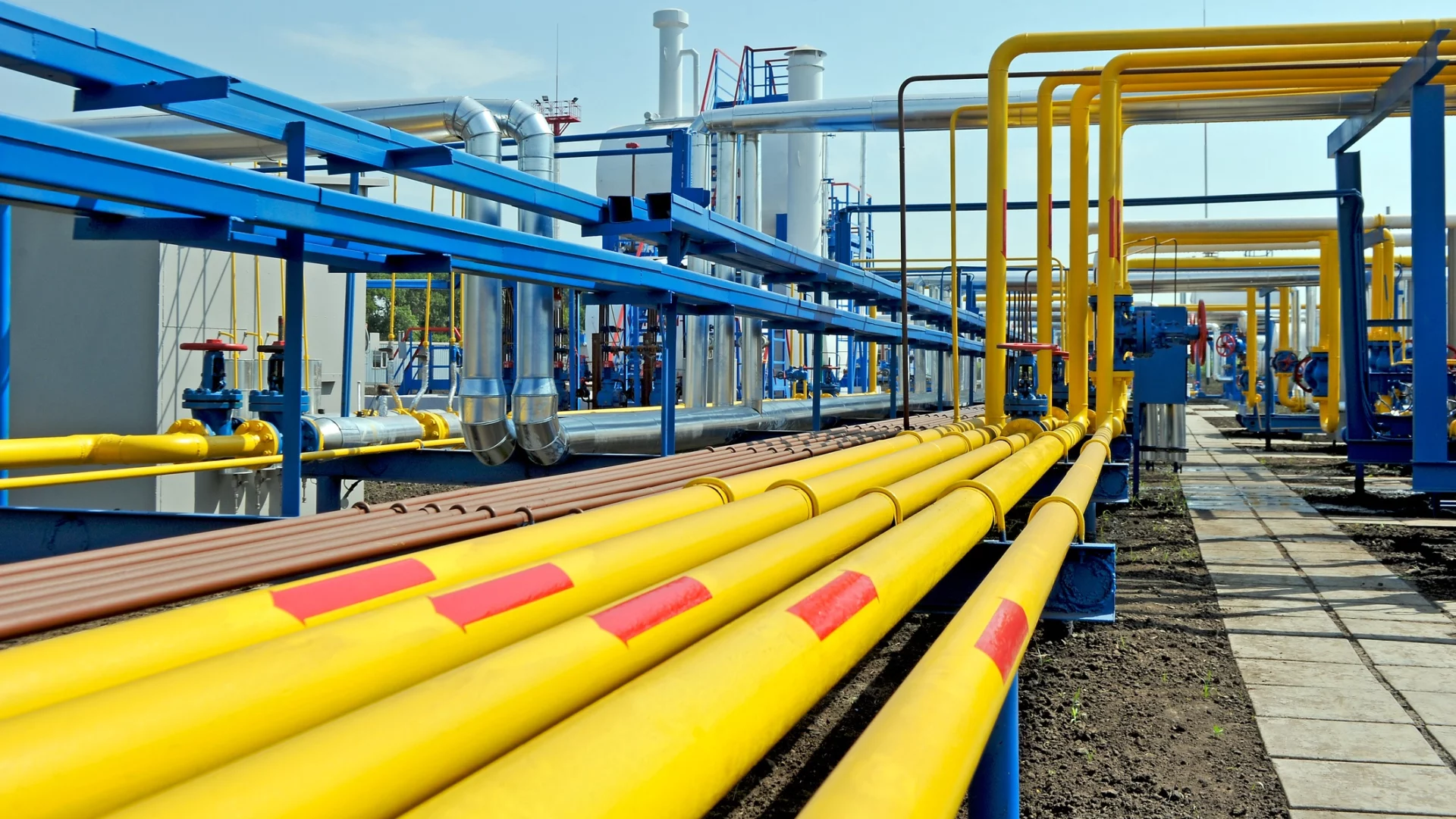
Polish Gas Market
A High Degree of Monopoly
The structure of the gas sector remains highly monopolized. This is due to the market dominance of a single capital group, PGNiG, which, either directly or through its subsidiaries, conducts all the aforementioned types of activities, covering 98% of the market. As a result, the Polish gas market is effectively a single-supplier market. In the absence of competition, prices are subject to tariff regulation and approval by the President of the Energy Regulatory Office (URE). On July 1, 2007, the PGNiG Capital Group implemented an organizational and legal separation of its operations, specifically the technical transmission of gas from its sales activities. This was in compliance with the provisions of the Energy Law Act. As a result of this separation, customer service for gas trading was divided, and Gas Distribution Companies now focus on the technical distribution of gas, serving as Distribution System Operators (DSOs) in this role.


As a result, liquidity on the exchange increased significantly, and comparable conditions for natural gas purchase costs were created for all gas trading companies in Poland.
Market Participants


 pl
pl